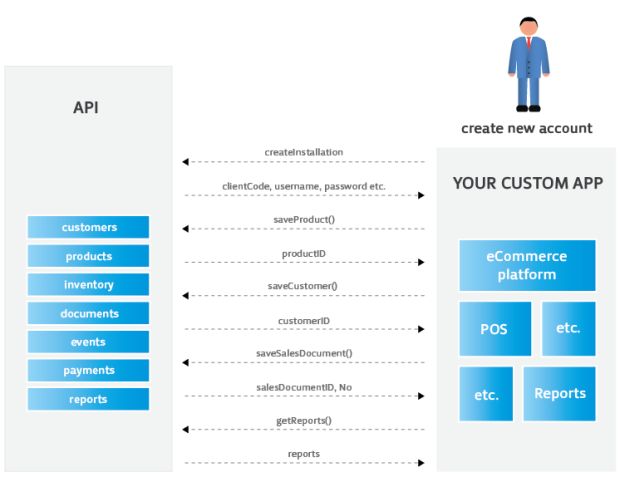Many of us have heard the term API
, but have always considered it as a technological term as it sounds in the same manner, but, in reality, it is not so. It is a through and through business-related terms and a very vital element of the strategy that is used for ensuring the competitiveness of the retailers in the modern digital era.
If one understands the way the APIs
can be used and advantages enjoyed from them, a retailer can stay ahead in the race of the competition while others who do not make use of this are left behind. APIs in the retail sector basically helps in enabling the creation of seamless, app-powered and personalized experience for the customers. The adjustments become easier by using them and the incessant changes that are seen in the market conditions and customer preferences can be easily adjusted.

When it is used along with latest predictive technologies, the incorporation of the recent history of customers’ interactions with the brand is enabled helping in extending offers that can actually make it easier to anticipate their needs and wants. In these times where agility and speed matters a lot, one cannot rule out the significance of security and stability of transaction systems, inventory databases, and CRMs. It is very important that back-end operational systems are kept steady and secure while using an agile and nimble approach for the deployment of latest projects engaging customers through all the channels. It is also referred to as “two speed IT”. This dual system is powered by a specific technology stack in the retail market. APIs
, apps, and data enable this digital business platform. Where data is currency, apps are core constructs and APIs bring both together. The stability and maintenance of data are enabled by APIs for the retailers in the retail record system while paving way for latest customer engagement methods, Omnichannel experiences, adaptable apps, predictive analytics technology and various offers that may please the customers can be predicted. Customers have started experiencing something modern from the retailers irrespective of the way they interact with the brand. Statistics indicate that almost 74 percent of respondents would love to indulge in shopping at stores that offer key services and functions through an app. Meeting customers becoming quite convenient and easy with the help of APIs which is done by facilitating apps creation that is compelling along with the latest ways of communication. These ways include real-time social messaging and push notifications that have left emails way behind when it comes to staying in touch with the customers. So as to allow customers to have uninterrupted, smooth and a completely harmonious experience, it has to be an Omnichannel or seamless whether they are shopping in store or at home or using their mobile device. It has become essential to link the digital lives of the customers with the in-store experience and this can be easily done using APIs. This will also have a lot of impact on the bottom line of the stores.